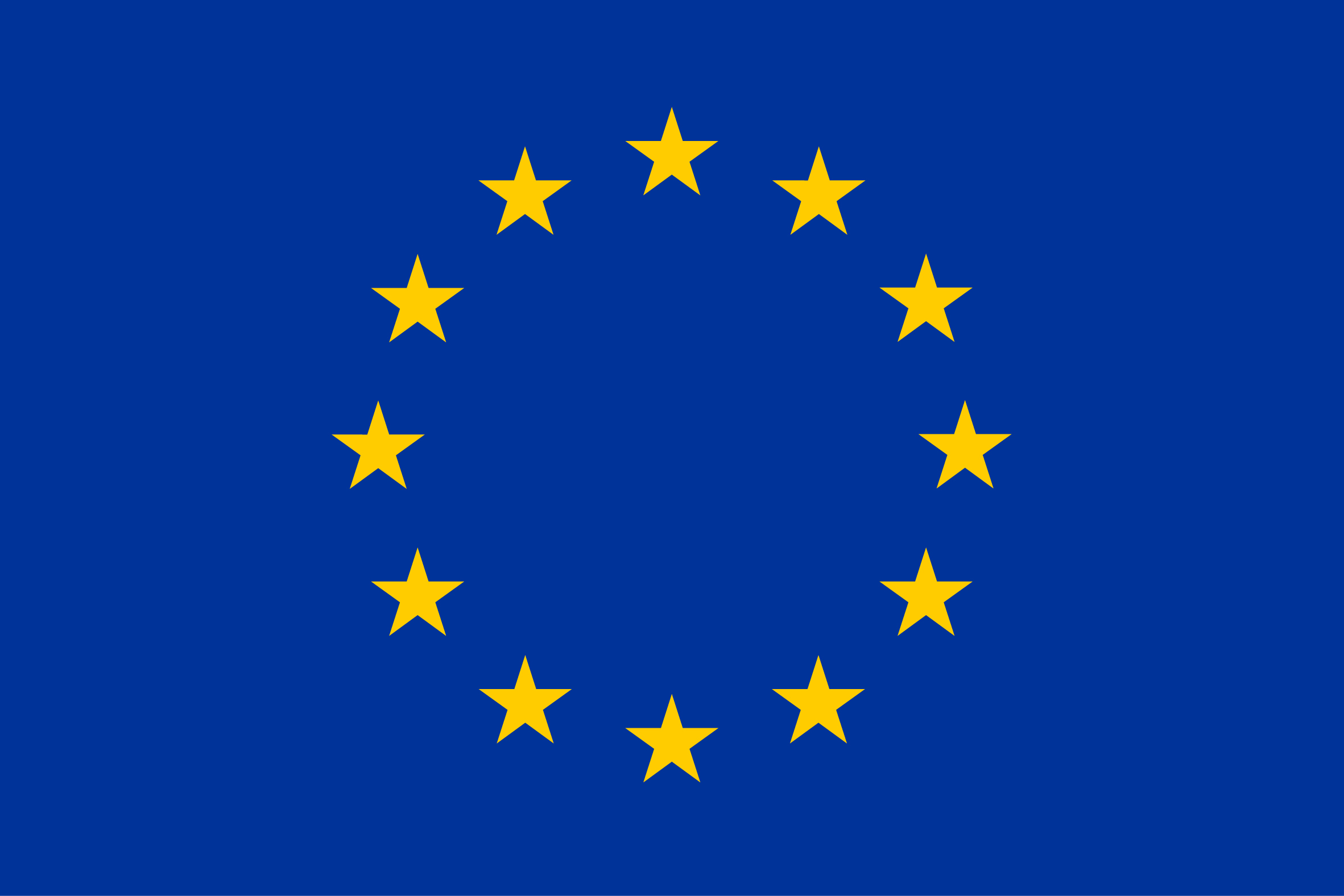Project Details
Description
CogLit is developing a novel theoretical model of literature and art as a cognitive object and building two-way interactions between literary and art study, linguistics, philosophy and the cognitive sciences.
It moves beyond the existing oppositions of artifact-oriented and receiver-oriented approaches to literature and art and focus on literature and art as an action, offering a radically new view of the interplay between literature, art and mind and an invaluable new treatment of literature and art as a distinct output of human cognition.
The project will draw on Relevance Theory (Sperber and Wilson 1986, 1995) to further develop the argument that literature has distinct cognitive rather than linguistic properties. CogLit employ an innovative two-way interdisciplinary methodology building on previous research in which a psychologically realistic account of the notion of literariness is developed. The findings generalise to all art practice.
The failure of attempts to show that artworks are formally or structurally distinguishable from other objects has been taken as evidence that any such distinction must be largely sociological. This research takes a fresh approach to this long-standing matter: it argues against the binary oppositions of artefact-oriented and receiver-oriented approaches to literature and art and points in the direction of a new internalist or psychologistic account that puts the artist/producer at the centre of attention. Modifying an innovative contribution on the essence of literature/art by the philosopher of mind Jerry Fodor (1993), it suggests that what distinguishes works of literature and art from other objects is not their internal formal or structural properties but their cognitive aetiology. Artworks and literary texts are causally related to an art-specific type of relevance-yielding creative mental state involved in their creation: an "artistic thought state".
The CogLit project will also put the case for two-way interdisciplinarity and an epistemologically robust Arts and Humanities, showing how linguistic and cognitive theories can not only influence but also be influenced by the study of literary and other art forms. The resulting monograph (provisional title ‘Literature as a Cognitive Object’) will make a systematic and empirically tractable proposal on the essence of literature and art and provide a concrete example of how genuine interdisciplinary practices in the Arts and Humanities can directly influence theory formation in scientific domains.
It moves beyond the existing oppositions of artifact-oriented and receiver-oriented approaches to literature and art and focus on literature and art as an action, offering a radically new view of the interplay between literature, art and mind and an invaluable new treatment of literature and art as a distinct output of human cognition.
The project will draw on Relevance Theory (Sperber and Wilson 1986, 1995) to further develop the argument that literature has distinct cognitive rather than linguistic properties. CogLit employ an innovative two-way interdisciplinary methodology building on previous research in which a psychologically realistic account of the notion of literariness is developed. The findings generalise to all art practice.
The failure of attempts to show that artworks are formally or structurally distinguishable from other objects has been taken as evidence that any such distinction must be largely sociological. This research takes a fresh approach to this long-standing matter: it argues against the binary oppositions of artefact-oriented and receiver-oriented approaches to literature and art and points in the direction of a new internalist or psychologistic account that puts the artist/producer at the centre of attention. Modifying an innovative contribution on the essence of literature/art by the philosopher of mind Jerry Fodor (1993), it suggests that what distinguishes works of literature and art from other objects is not their internal formal or structural properties but their cognitive aetiology. Artworks and literary texts are causally related to an art-specific type of relevance-yielding creative mental state involved in their creation: an "artistic thought state".
The CogLit project will also put the case for two-way interdisciplinarity and an epistemologically robust Arts and Humanities, showing how linguistic and cognitive theories can not only influence but also be influenced by the study of literary and other art forms. The resulting monograph (provisional title ‘Literature as a Cognitive Object’) will make a systematic and empirically tractable proposal on the essence of literature and art and provide a concrete example of how genuine interdisciplinary practices in the Arts and Humanities can directly influence theory formation in scientific domains.
Key findings
The first objective of the project will focus on mental causation in order to refine the suggestion that what distinguishes works of literature and art from other objects is their cognitive aetiology: drawing on Relevance Theory, we argue that artworks and literary texts are causally related to an art-specific type of relevance-yielding creative mental state, that we term an "artistic thought state".
The second objective will focus on intended effects: it will take as starting point the relevance-theoretic notion of a worthwhile effect in order to introduce a new, neurologically real type of effects (positive perceptual effects) that make both artworks (e.g. literary texts) and artistic thought states relevant to individual minds. The discussion will have implications for hypotheses in various empirical domains.
The second objective will focus on intended effects: it will take as starting point the relevance-theoretic notion of a worthwhile effect in order to introduce a new, neurologically real type of effects (positive perceptual effects) that make both artworks (e.g. literary texts) and artistic thought states relevant to individual minds. The discussion will have implications for hypotheses in various empirical domains.
| Short title | CogLit |
|---|---|
| Acronym | CL |
| Status | Finished |
| Effective start/end date | 24/10/18 → 23/10/20 |
Funding
- Horizon 2020

Fingerprint
Explore the research topics touched on by this project. These labels are generated based on the underlying awards/grants. Together they form a unique fingerprint.